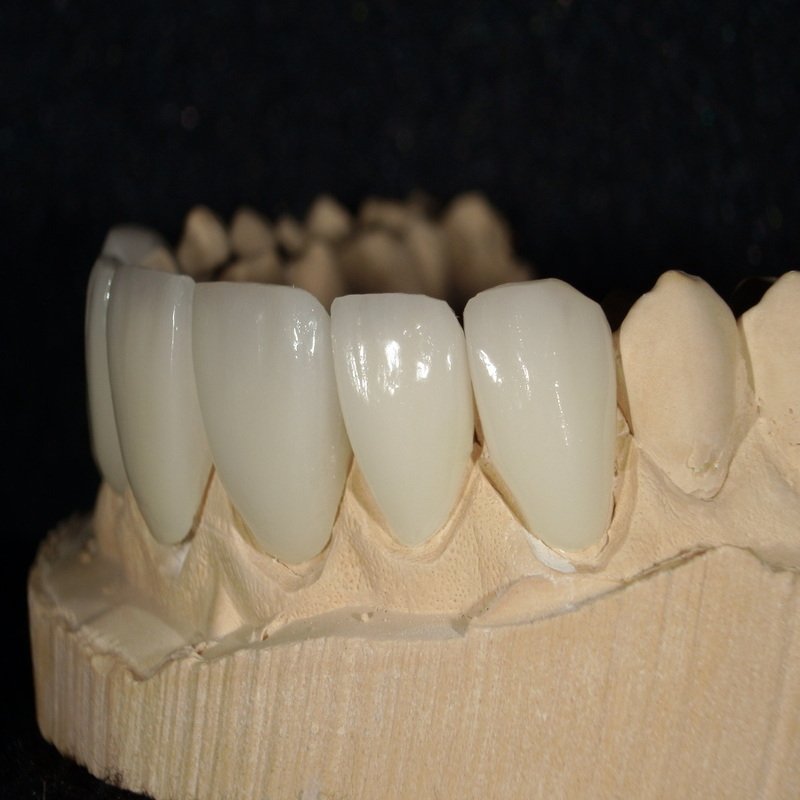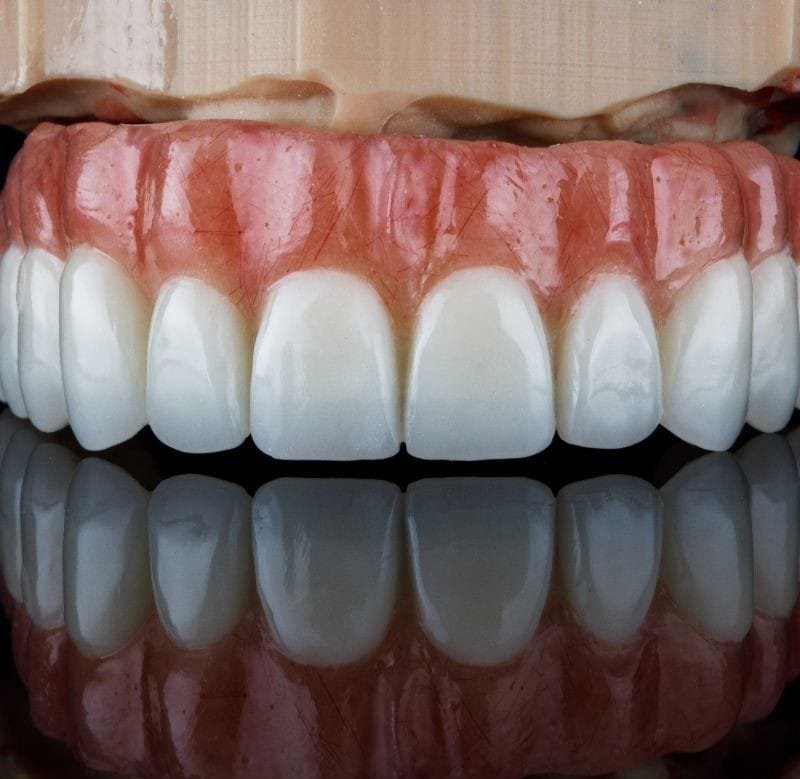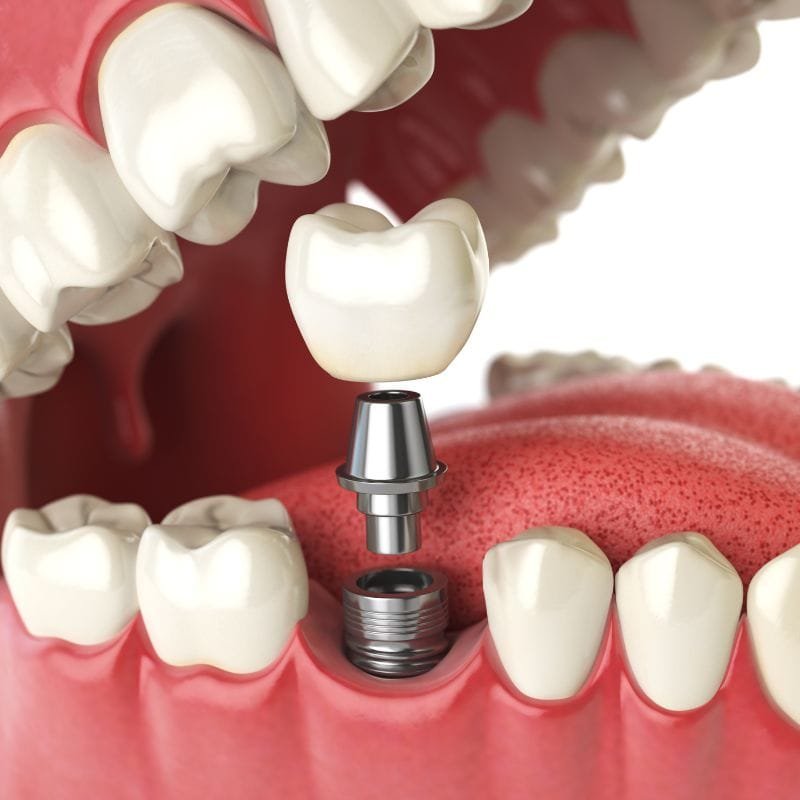Do Women Smile More Often Than Men?
Studies show that women smile more often than men. Maybe this doesn’t come as a surprise, but Yale Research shows that the average woman 62 times daily, and the average man only 8.
Why do women smile more than Men?
- One hypothesis is that women are more naturally emotional, expressive, and empathetic.
- Another hypothesis is that women are born with superior smile equipment and develop these muscles better over their lifetime.
- Another explanation is the dominance-status hypothesis. It proposes because they are socially weaker.
Another Fact In The Smiling Frequency
Culture, ethnicity, or age play a significant role in smiling. However, studies also have found that when occupying similar social roles, the difference between both genders disappears. The research shows that the difference in both genders’ smile rates is bigger when they are younger, specifically in their teenage years.
Elizabeth LaFrance, the study researcher, explains the following:
“When being young adults, the sexes are supposed to be maximally different from each other, for procreation or social purposes. After that, it’s not so important.”
That’s why they discovered this rate difference is more significant at the early stages.
LaFrance says that they also found that the difference is modest in adulthood.
Another big difference in the smiling rate occurs when men and women know they are being observed.
And they smile more similarly when they think no one’s looking.
“The logic here is when people know their behavior is being monitored, they more closely adhere to the norms for appropriate behavior for their gender,” LaFrance said. “People are at their gendered best when people are looking.”
Researchers say men and women also smile about the same amount when they are in the same position in power, occupation, or social role.
However, women appear to smile more when tension is in the air; this is their way of diffusing it. “Women do what we call ’emotion work,’ and one of the best ways to do this is to smile to soothe hurt feelings, to restore harmony,” LaFrance said.
Smile Not Always Means Happiness
As we have seen, is more than a way to express yourself; it is also a tool. Will not always mean happiness, but it might help create harmony, build trust, or even hide your true feelings. Of 19 different types of smiles, only six occur when we’re having a good time.
The rest means pain, embarrassment, uncomforting, horrified, miserable, even anger or disbelief. So, let’s review some different types of existing smiles:
Duchenne
‘It means Pleasure and giddy happiness. The smile is long and intense; it involves the contraction of just two muscles.
Fear
Scientists believe our closest cousins adopted this smile: bonobo chimpanzees. “When being afraid, they’ll expose their teeth and draw their lips back so that their gums are exposed,” says Zanna Clay, a primatologist at the University of Birmingham. It’s a gesture of submission used by low-status individuals to appease more dominant group members. Similar behavior can be seen in babies; a broad grin can either mean they’re happy or distressed, and studies have shown that men tend to smile more around those of higher status.
Miserable
Smiling does not always come when we’re happy. “The ‘miserable smile’ is a stoical grin-and-bear-it expression – a slight, asymmetric smile with an expression of deep sadness pasted over the top,” researchers say. This smile has become a socially acceptable way of showing sadness or pain.
The dampened
Simply put, is this ^_^ instead of this : ) But it’s a bit more complicated. The dampened smile attempts to control an automatic, happy one and exists because some muscles, such as the ones controlling. The mouth is more comfortable with suppressing than others. “The cheeks will be raised, but we pull the corners of the mouth downwards or press the lips together, like “I shouldn’t be smiling,”‘ says Zara Ambadar, a cognitive psychologist at the University of Pittsburgh. The urge to smile may be universal, but when it’s acceptable to do so and how it is interpreted depends on cultural rules.
Embarrassed
The embarrassing smile is easily distinguished by the flushed cheeks and the movement of the head downwards and slightly to the left.
Qualifier
The most irritating smile is the one that often traps the recipient into smiling back. It is characterized by raising the lower lip slightly and occasionally accompanied by a downward and sideways head tilt.
Contempt
The ‘contempt smile’ indicates a mixture of disgust and resentment with the corners of the lips, which tightened.
Angry-enjoyment
This blended expression is just one of several smiles with a similar formula: enjoyable contempt, fear, and sadness. It expresses a ‘malicious joy.’
Fake
Most of us have a lot of practice. Since smiles tend to accompany greetings, we’re used to politely lying about our true feelings – saying we’re fine, even when we’re not – with these expressions fixed on our faces.
Flirtatious
It is often identified as the Mona Lisa smile. This smile consists of risking a sideways glance and an ’embarrassed’ smile before quickly looking away again.
Smile as you mean it
As we can see now, there are many factors to consider: women smile more often than men. This does not mean that women are happier than men; it could be the opposite because only six of the 19 forms of smiling are related to joyful feelings. We can determine that women are more expressive in all their general feelings due to their emotional nature, culture, and context.
These are the same reasons why men don’t smile more often; let’s remember that, in modern times, it’s taboo for men to show their emotions. So we should also consider this. We conclude that modern men should copy women in this matter and start expressing their emotions more; this is something current society should encourage. Maybe it is another reason why women smile more often.

Let’s Review the Benefits of Smile
Here are some reasons why smiling is suitable for you:
- It releases neuropeptides that fight stress.
- It activates dopamine, endorphins, and serotonin; this lowers your blood pressure and heart rate.
- It is suitable for defusing tension.
- Perfect for building trust with a person
- 48% of adults consider a smile the most memorable faction when they meet someone new.
So, if Smiling is so Good for People, Why Not Smile?
According to some studies:
- More than a quarter of people don’t like smiling because of their teeth
- 42% of people said their smile was the first thing they would change about themselves
- More than one-third of the people said they were embarrassed by their smiles.
At our office, we can help you become more comfortable smiling so it can come more naturally. You’ll get those feel-good benefits without even trying. It’s essential to keep your smile in shape. Trust Dental Care can help you.


